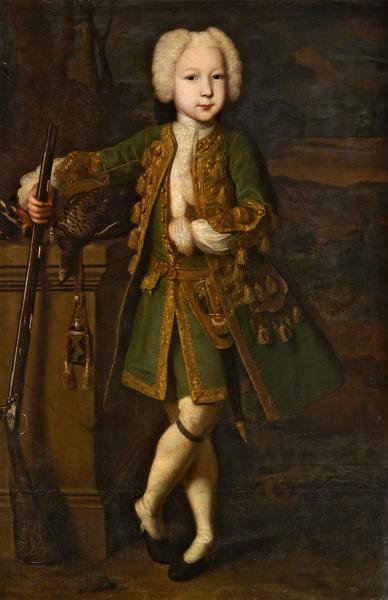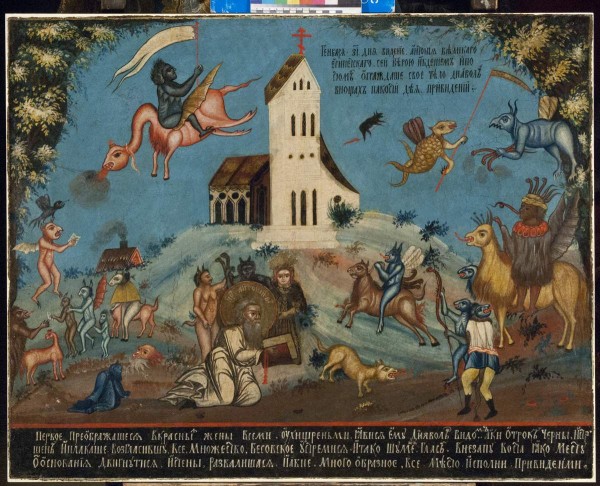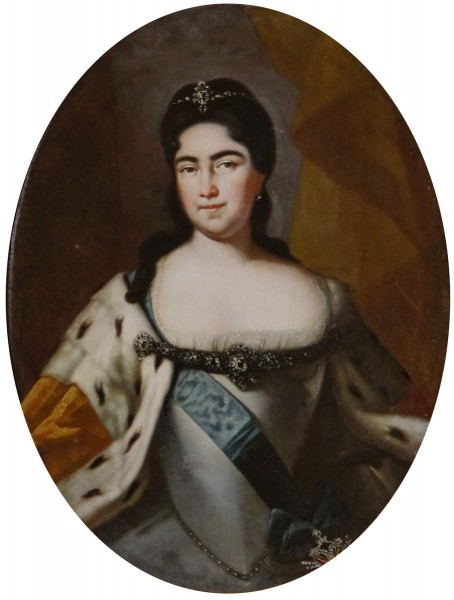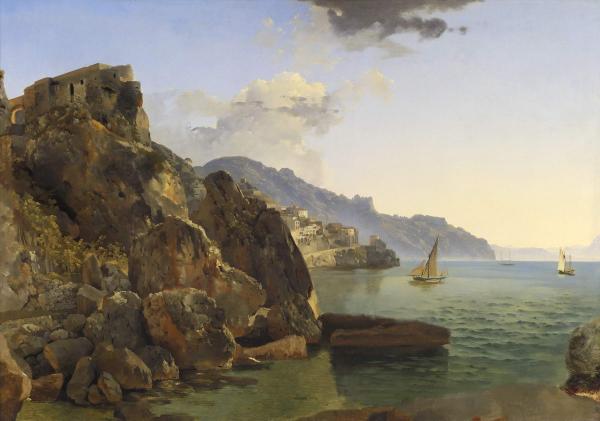The artist is Caravak

A number of not solved problems and misunderstandings are associated with this portrait. For example, at an exhibition of historical portraits of 1870. He appeared as "Portrait of Peter III", At the Tauride exhibition 1905. – How "Portrait of a young man", And at the exhibition "Lomonosov and Elizabethan Time" 1912. – How "Portrait of Peter II (?)". Meanwhile, neither the first nor the latest version have serious grounds. The question remains open about the author of this work. So, if at exhibitions of 1870 and 1912. The portrait was exhibited as unconditional work l. Caravaka, then at the 1905 exhibition. He was listed. -M. Nadier (?). Technical and technological study performed in the early 1970s. in the Russian Museum, does not allow to give the final answer to this question. But if the authorship of the nage is completely excluded, then the authorship of Caravakka can still be said in the alleged form. Like the work of Caravak (?) the portrait was exhibited in 1973. at the exhibition "Portrait of Peter’s Time".
Louis Caravak, "Gaskovonets both by birth and habits and manners" (I expression. Shtelina), was a representative of the third generation of the Caravaks dynasty associated with the decoration of ships in Toulon, and later – gallery in Marseille. According to Louis’s family tradition, the youngest son of the sculptor-decorator Jean-Batist Karavak-began his activities in the Arsenal Galler in Marseille. November 13, 1715. In Paris, Caravak concluded a contract for three years with p. Lefort about entering the Russian service painter "historical paintings, portraits, battles, forests, villages, flowers and animals in a large, small and miniature form" with an obligation to take Russian students as assistants. In 1716. The artist arrived in St. Petersburg, where he lived until the end of his days. In the 1730s. Caravak, thanks to the patronage of e. Biron, was appointed "the court first to the master of the master" and received the rank of colonel, who was very proud. In Russia, the artist worked extremely stressfully and fruitfully, but almost nothing came to us from all its diverse activities with the exception of portraits. He repeatedly portrayed Peter I – the first portrait was created in 1716. Soon after the arrival of Caravak to Russia. In 1722. In Astrakhan, he again wrote the emperor. This indicates that the artist was in St. Petersburg just in time – at the moment when the requests of Russian society began to change, when a fascination with exactly that began in Russia "court style", which represented Caravak with its work.


